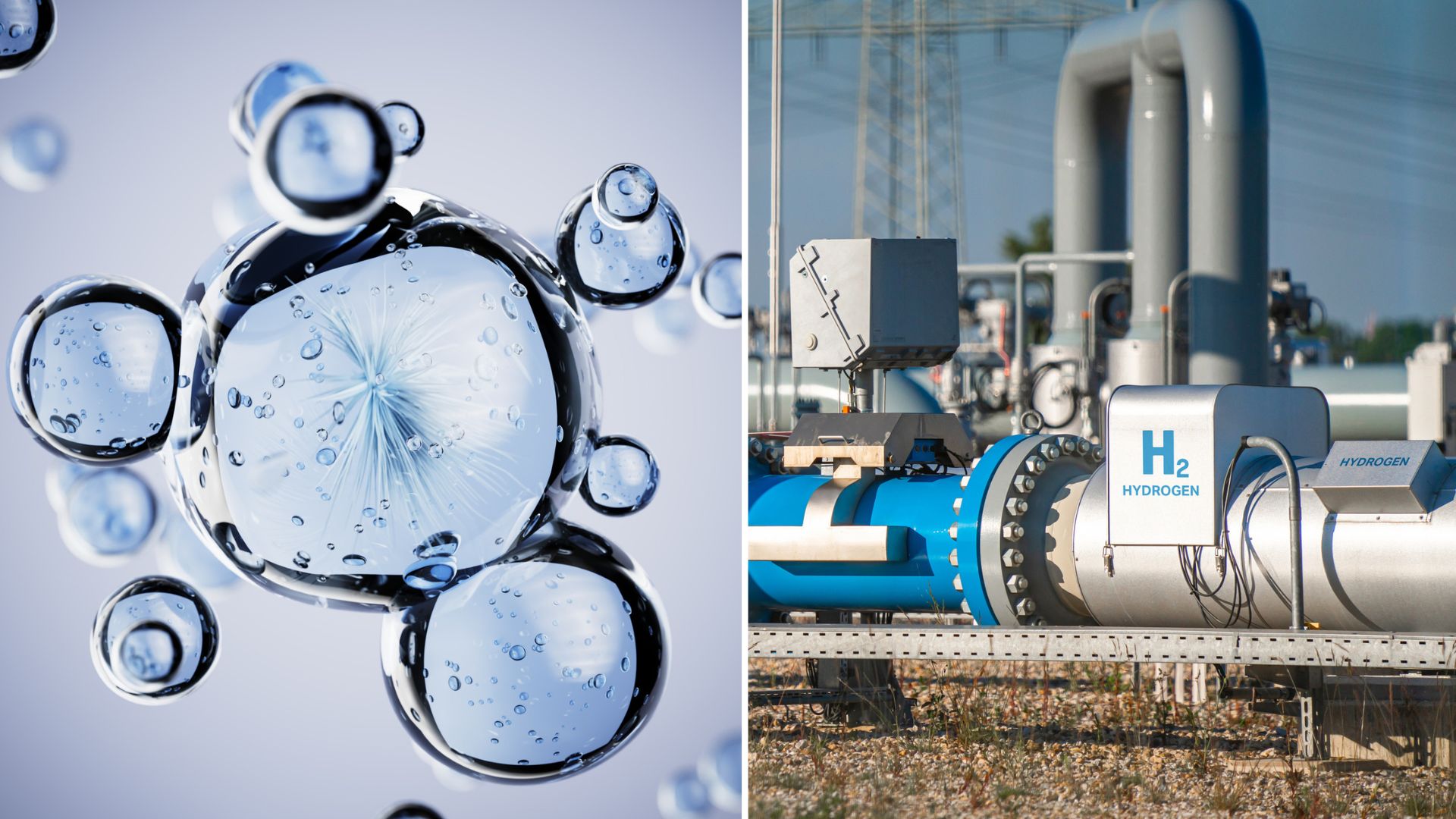Innovative Surface Reconstruction Strategy Paves the Way for Affordable Hydrogen Fuel Production
Key Ideas
- Scientists in Japan demonstrate the use of a surface reconstruction strategy to create durable non-noble metal-based cathodes for affordable hydrogen fuel production.
- The new cathodes are calculated to cost very close to the US Department of Energy's 2026 hydrogen production target, at $2.17 per kgH2-1, showing promise for commercial scalability.
- The study focuses on improving the efficiency of the hydrogen evolution reaction (HER) using transition metal phosphides, marking a significant step towards bridging the gap from laboratory experiments to commercial production.
- The findings highlight the potential for rational design of highly-efficient non-noble metal-based cathodes for proton exchange membrane (PEM) electrolyzers, offering a practical solution for energy transition.
Scientists in Japan have showcased a breakthrough in hydrogen fuel production by utilizing a surface reconstruction strategy. The study focuses on improving the efficiency of the hydrogen evolution reaction (HER) using transition metal phosphides as catalysts. By demonstrating the production of durable non-noble metal-based cathodes that are cost-effective and maintain high performance levels for over 300 hours, the researchers have shown the potential for commercial scalability of hydrogen fuel production processes.
The research, published in Advanced Energy Materials, indicates that the new cathodes could meet the US Department of Energy's 2026 hydrogen production target cost of $2.17 per kgH2-1. This affordability and durability make the strategy an attractive option for large-scale hydrogen production.
One of the key aspects of the study is the focus on rational design, aiming to bridge the gap between laboratory experiments and practical applications in commercial proton exchange membrane (PEM) electrolyzers. The use of transition metal phosphides as catalysts shows promise in improving the efficiency of the HER, which is crucial for sustainable hydrogen fuel production.
The findings also highlight the importance of surface reconstruction in enhancing the activity of the cathodes. By incorporating fluorine into the CoP lattice, the researchers were able to promote the formation of active sites that accelerate the HER. Additionally, the study demonstrates the successful scaling up of the experimental setup to commercial-scale PEM electrolyzers, showcasing the potential for real-world application.
Overall, this research represents a significant advancement in HER catalyst development, offering a pathway towards affordable and efficient hydrogen fuel production. The findings have practical implications for the energy sector, showing a promising direction for the future of sustainable energy technologies.
